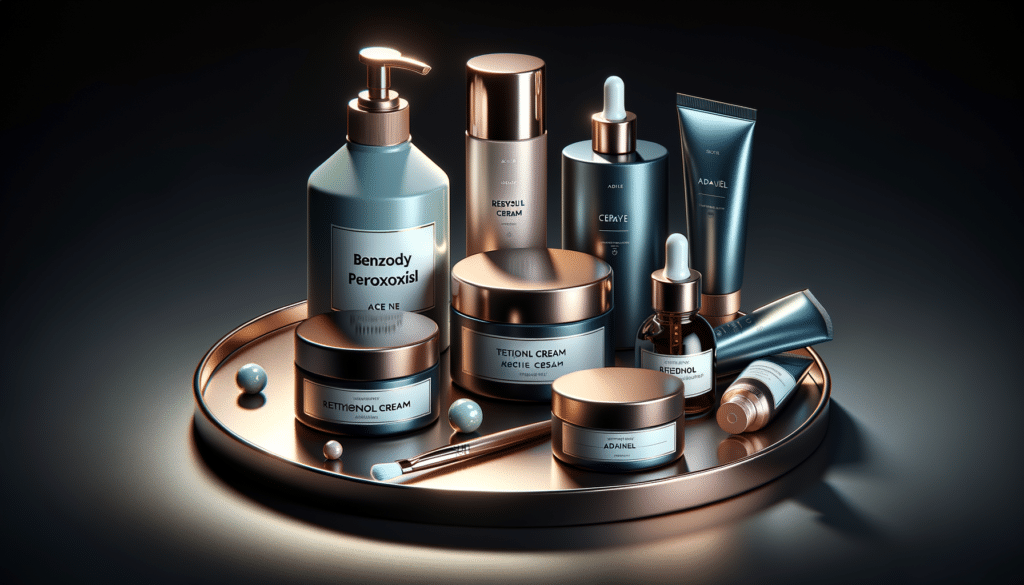Pimple Scar Treatment
Pimple scars can be a persistent reminder of past acne struggles, affecting one’s confidence and self-esteem. Treating these scars requires a multifaceted approach that targets both the texture and pigmentation of the skin. There are several effective methods to consider:
- Topical Treatments: Retinoids, such as tretinoin cream, can help promote skin cell turnover and reduce the appearance of scars over time. They work by stimulating collagen production, which helps in smoothing out the skin’s surface.
- Laser Therapy: This method uses focused light to remove the outer layer of skin or stimulate new skin cell growth. It is particularly effective for deeper scars.
- Microdermabrasion and Chemical Peels: These exfoliating treatments remove the top layers of skin, encouraging new skin growth and improving the texture of the skin.
- Dermal Fillers: For deeper, pitted scars, fillers can provide temporary improvement by raising the depressed areas to the level of the surrounding skin.
Choosing the right treatment often depends on the type and severity of the scars, as well as individual skin type. Consulting with a dermatologist can provide tailored advice and help in selecting the most suitable treatment.
Benzoyl Peroxide for Pimples
Benzoyl peroxide is a widely used ingredient in acne treatment products due to its antibacterial properties. It works by reducing the amount of acne-causing bacteria on the skin, as well as by drying out excess oil and removing dead skin cells that can clog pores.
When using benzoyl peroxide, it’s important to start with a lower concentration to minimize irritation, especially for those with sensitive skin. Common concentrations range from 2.5% to 10%, with higher concentrations offering more potent effects but also a greater risk of dryness and irritation.
Benefits of benzoyl peroxide include:
- Fast Action: It can start reducing acne within a few days of use.
- Versatility: Suitable for different types of acne, including inflammatory acne and blackheads.
- Availability: Found in various forms, such as creams, gels, and face washes.
However, users should be aware of potential side effects like redness, peeling, and dryness. It’s advisable to use a moisturizer alongside benzoyl peroxide to help maintain skin hydration.
Benzoyl Peroxide Face Wash
A benzoyl peroxide face wash can be an effective addition to an acne treatment routine. This type of cleanser helps to cleanse the skin while delivering the antibacterial benefits of benzoyl peroxide.
Using a benzoyl peroxide face wash offers several advantages:
- Convenience: Incorporates treatment into a daily cleansing routine, saving time and effort.
- Prevention: Regular use can help prevent future breakouts by keeping pores clear of bacteria and oil.
- Compatibility: Can be used with other acne treatments, such as retinoids, for a comprehensive approach.
To use a benzoyl peroxide face wash effectively, it’s important to follow the product instructions carefully. Typically, users should apply the wash to damp skin, gently massage it in, and rinse thoroughly. Starting with a lower concentration can help minimize irritation, especially for those new to benzoyl peroxide products.
While effective, it’s crucial to monitor the skin’s reaction and adjust usage accordingly, as overuse can lead to excessive dryness or irritation. Pairing the face wash with a gentle moisturizer can help maintain skin balance.


